Hi there!
My name is Samuel Azeredo (known as Eujota by some) and I am the artist responsible for the scenarios and backgrounds in the game. With this post, I want to show you the process we’ve been using to create the art for our game, and how we’ve been using real locations to create fresh scenes!
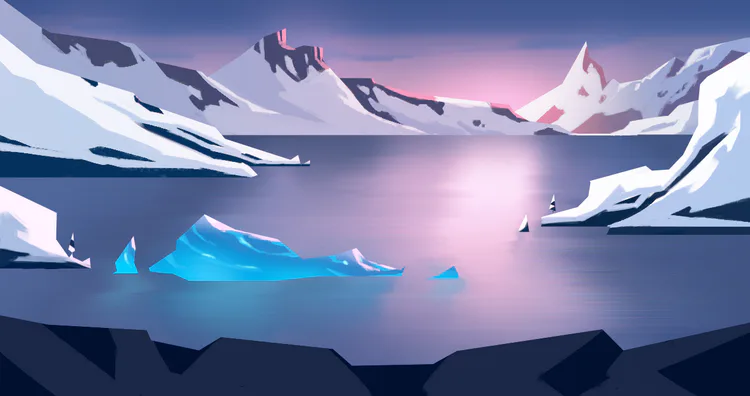
Intro
The first thing you need to do before even thinking of drawing, painting or modelling anything is ask yourself what you want to achieve with your project.
What kind of story do you want to tell? When and where does your game/ scene takes place? How can your art enhance the gameplay and storytelling? What is the style you are looking for?…
When working with games you need to be more of a Designer than a Fine Artist. You need to have a problem solving mindset and always think about what you are producing.
A good way to start is to write all your thoughts and ideas down (creating a mind map is a great way to do that) so you can have a clear vision of your objectives and needs! And don’t forget to always have them in mind when producing. Thinking before doing can save you a lot of time!
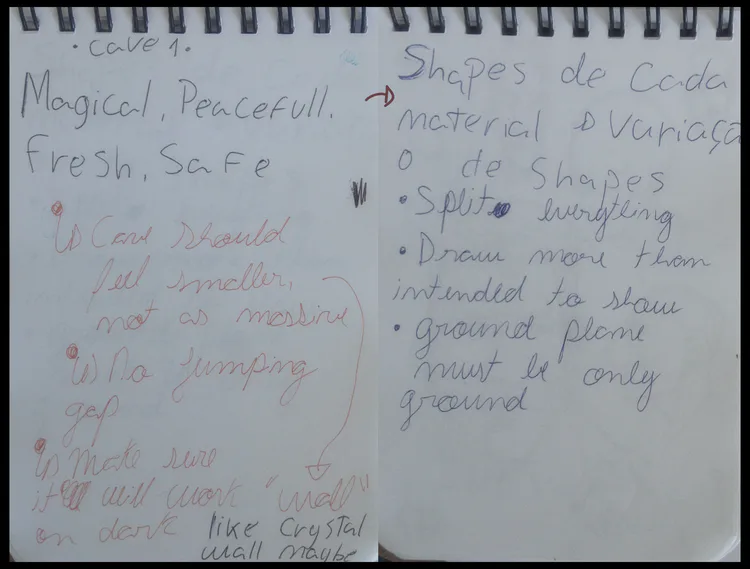
As I am working in a team, the Game Designer is usually the one responsible for thinking about the game content first and then planning what we need. Still, I always do a quick mind map for myself, so I can summarise my thoughts in a few keywords… Great for not getting lost!
After I have an idea of where I want to go with the art, I can then start working on it, the process can be split into:
Researching
Exploring
Refining
Testing
Researching
Yes, we don’t start drawing just yet, we first need to do some Research! I always try to gather lots of reference images and read about the subject I’m about to work on, even watch videos, etc. Anything that helps me understand and visualize the environment I will be creating. It also helps me to have some cool ideas, that I couldn’t have come up with by myself.
After I’ve done some solid research, I usually create a mood board to put together all the images and ideas I have which best represent what I want for the final product.
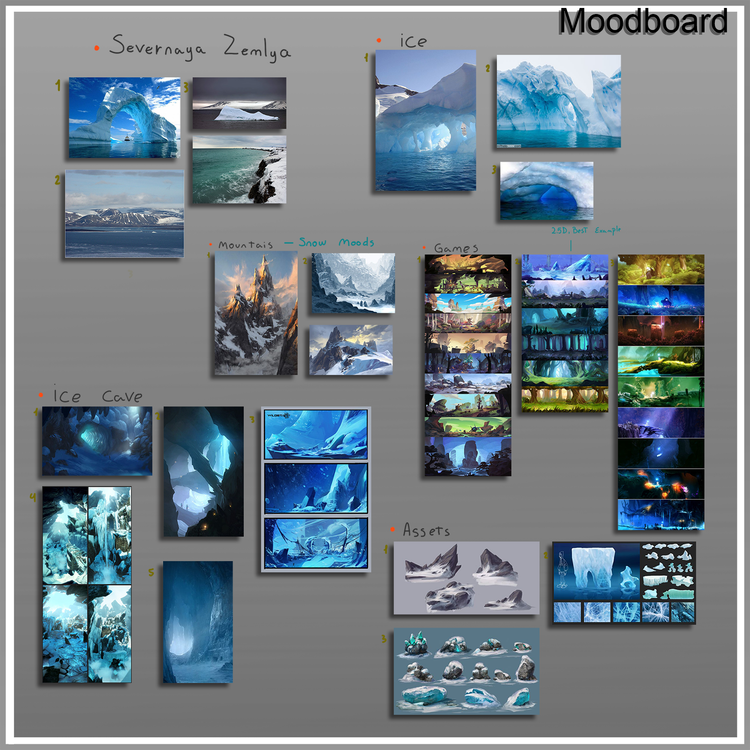
The mood board helps me to decide the general art style I want and to convey my ideas in a visual way to the team, even before I draw a single line. This helps me not spend precious time with things that have nothing to do with the game play and story we are creating. We should work as a group and always be on the same page.
The Game Designer also sends me reference images of what they have in mind and what they have researched about the history and geography of the places we want to portray. This is especially true with Tales of Kulplex, as our game is heavily based on real world locations and we always try to get things as accurate as possible.
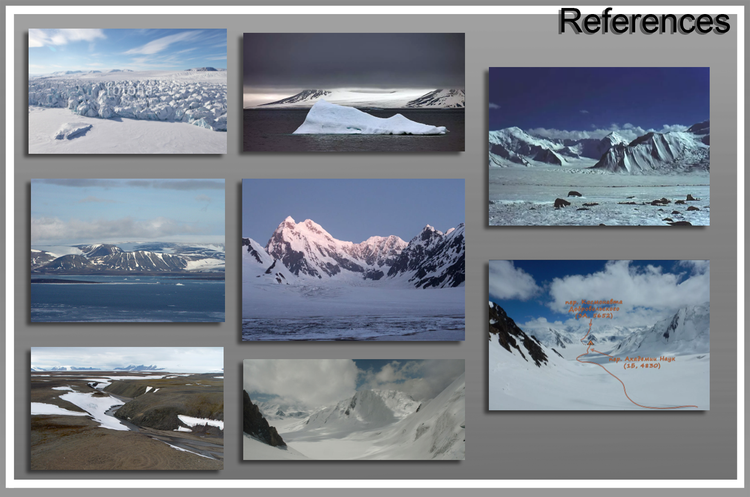
Exploring
Now we finally begin producing art, and we can go crazy during this phase! The idea is that we try to put all our ideas on paper, even the bad and unusual ones, without spending too much time on each one, so at the end of each session we have a bunch of sketches!
The mentality you should have during the Exploration phase is to have as many options as possible before committing a lot of time to a single one. This also helps to easily show your ideas to the group, so you can decide early on what is working and what is not.
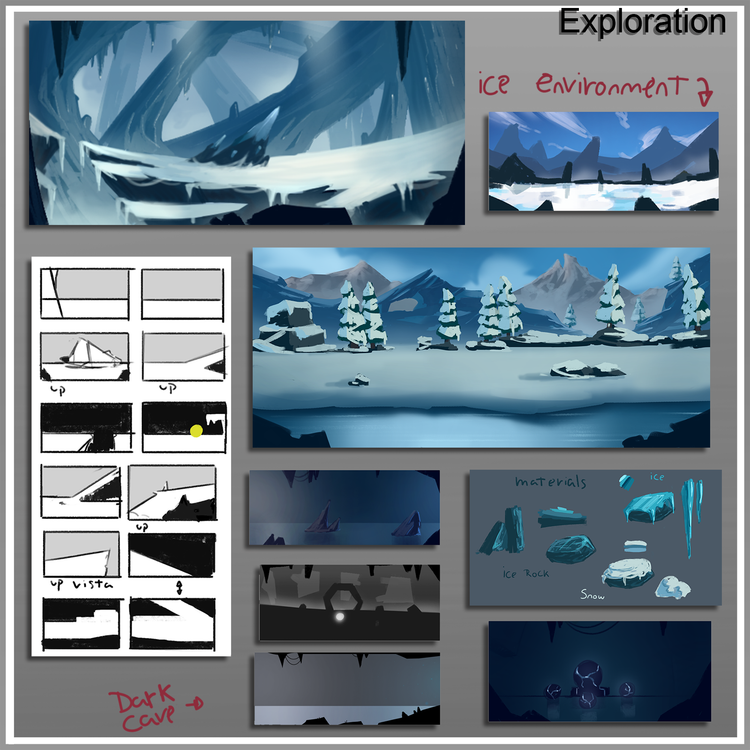
Usually the Exploration phase of a piece takes more than a single session, and some times I even try to explore and do some iterations on top of a single sketch before working to the final piece.
I also try to keep in mind how we are going to implement the art into the game, you should always be looking for the simplest and best solutions. Having a bit of technical knowledge can save your life, never underestimate it! Studying the basics of game development and how your game engine works is definitely very useful.

Refining
The goal with the Refining part is to, well… Refine! It is important to always have your references close and always be checking them when refining, so you don’t get lost in the process. Keep in mind the visual and rendering style you want to achieve, and always try to add on top of what you have created before. The idea is to always make the art more interesting with every step, but try not to lose the strength of your original sketches.
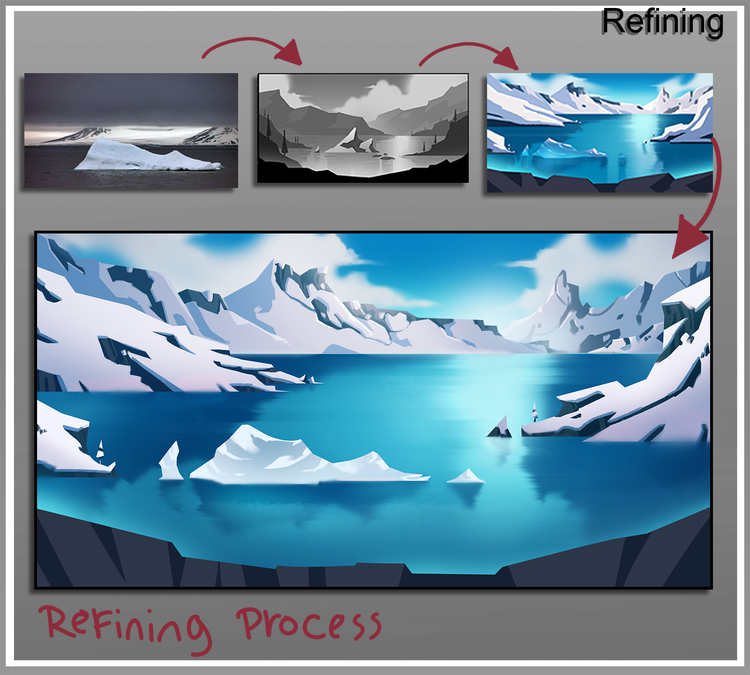
Testing
Testing is the last phase, but not the end! 99% of the time there will be changes to be made after throwing your art into the game and testing it. If it doesn’t work, don’t panic! See what is and what is not working, go back one step and try to fix it! And don’t worry if you don’t know what to do, break your problem into small pieces and try to understand what is wrong. Most of the times you will be able to find the solution by yourself, but if not, try talking to someone who can help you, or try looking at other people’s work and how they solved the same problem before. Be creative!
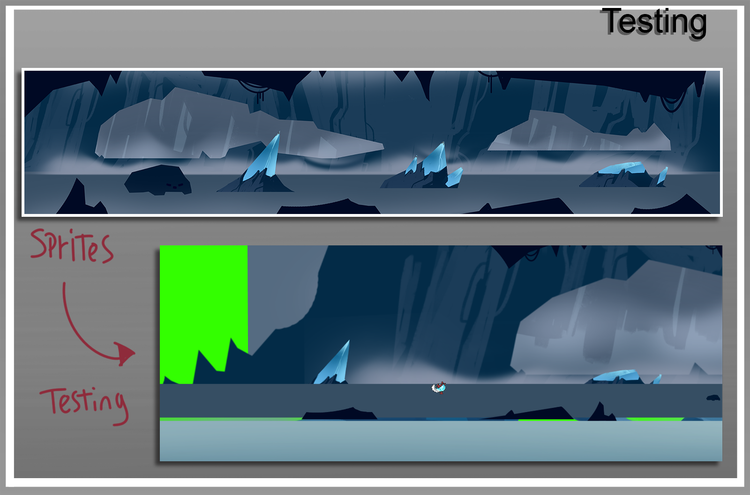
Closing
So that was it, thank you for reading! I hope you enjoyed the post and maybe learned something new! Feel free to leave some comments about your approach to making art, I am curious :)
Make sure to get in touch and follow us here and on your favourite network:
Discord: https://discord.me/talesofkulplex
Facebook: https://www.facebook.com/talesofkulplex/
Twitter: https://twitter.com/talesofkulplex
Next post will be the first one about programming, don’t miss it!
Eujota
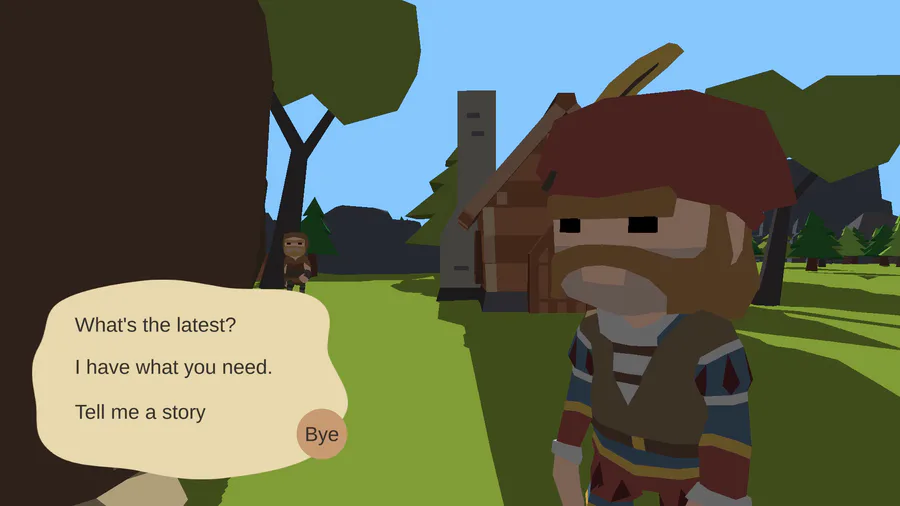
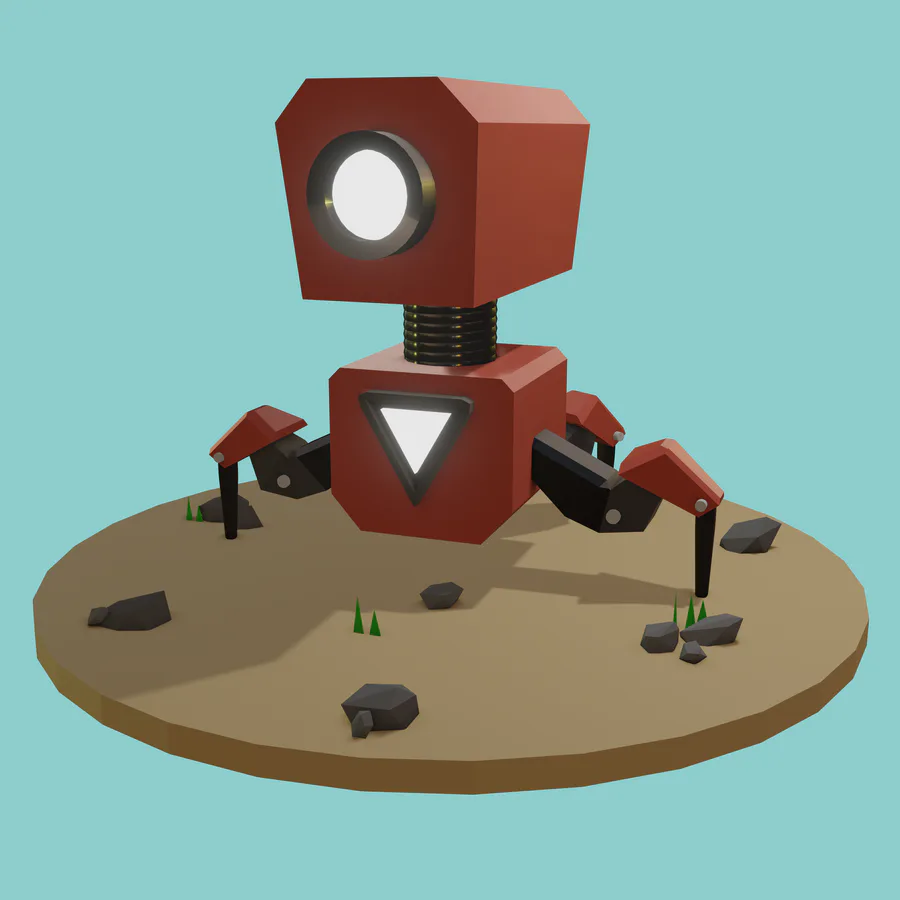
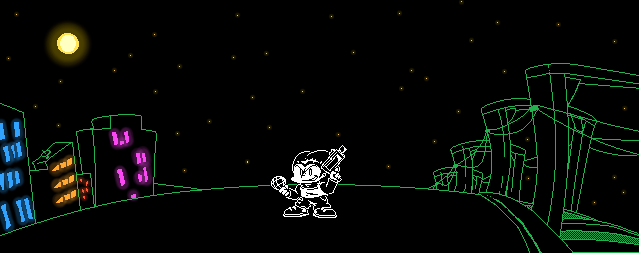
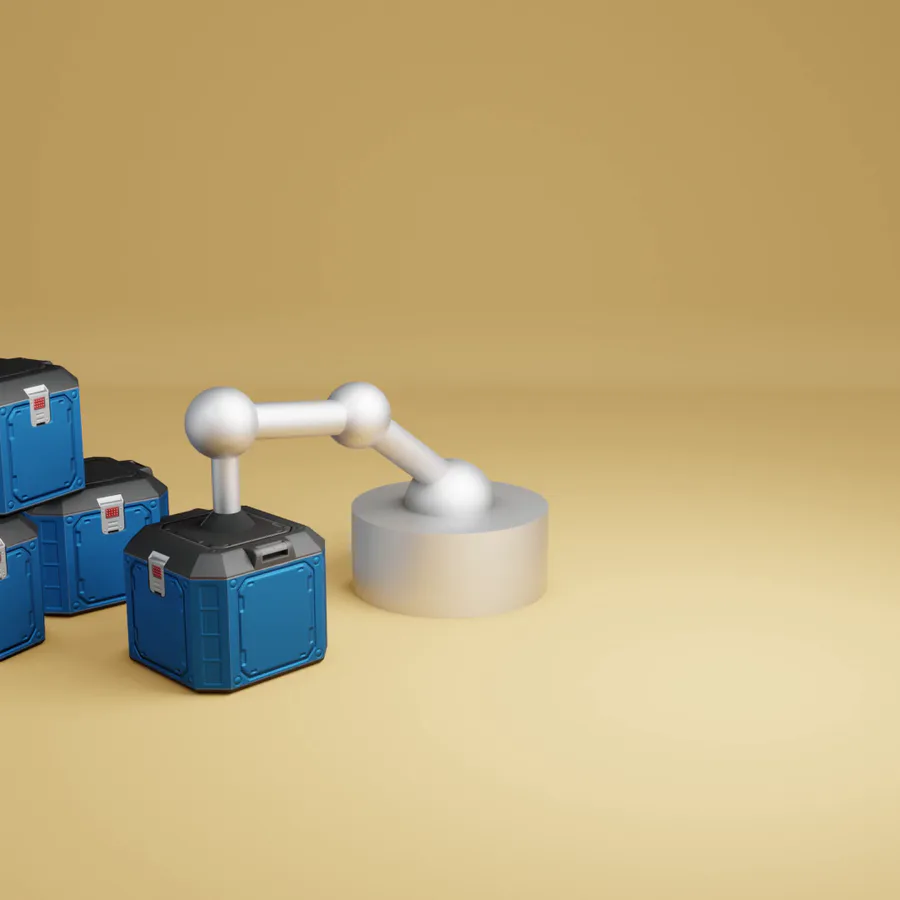
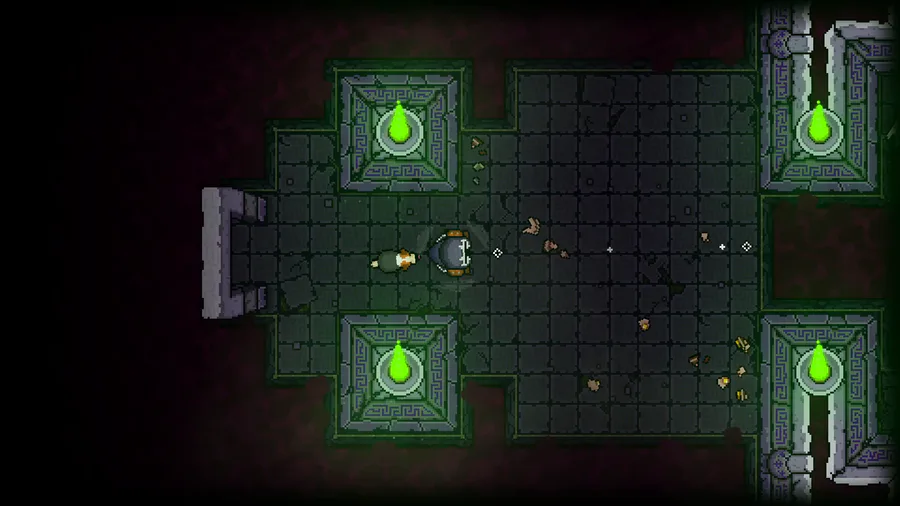
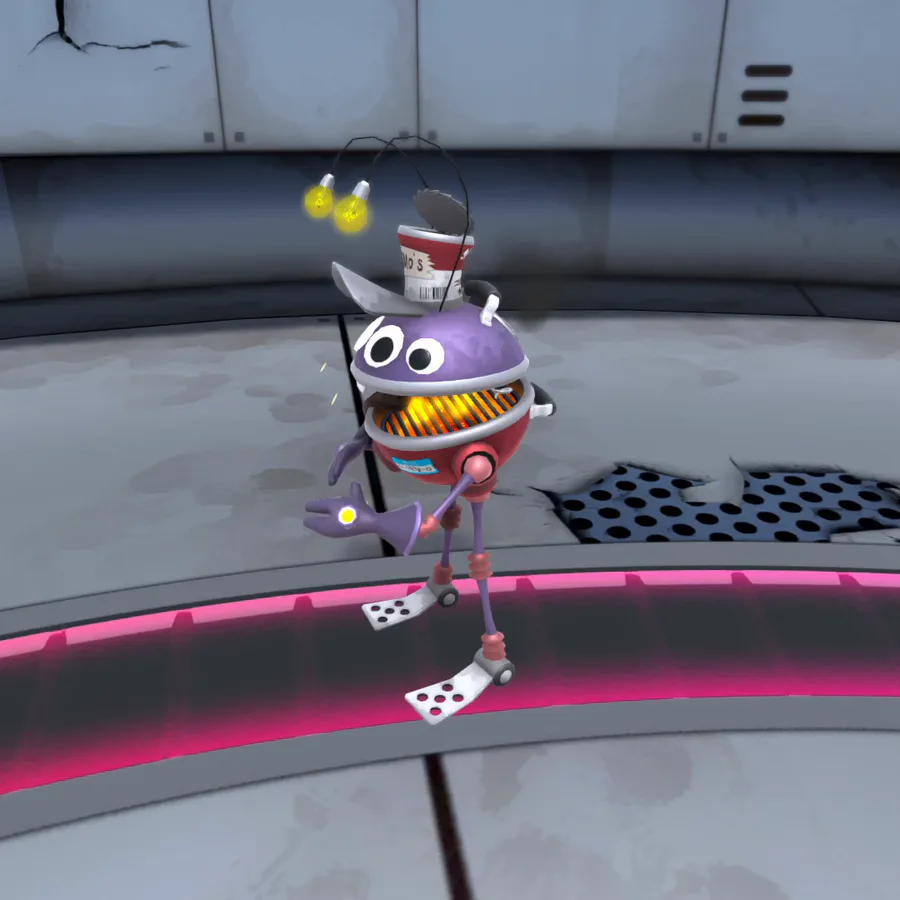
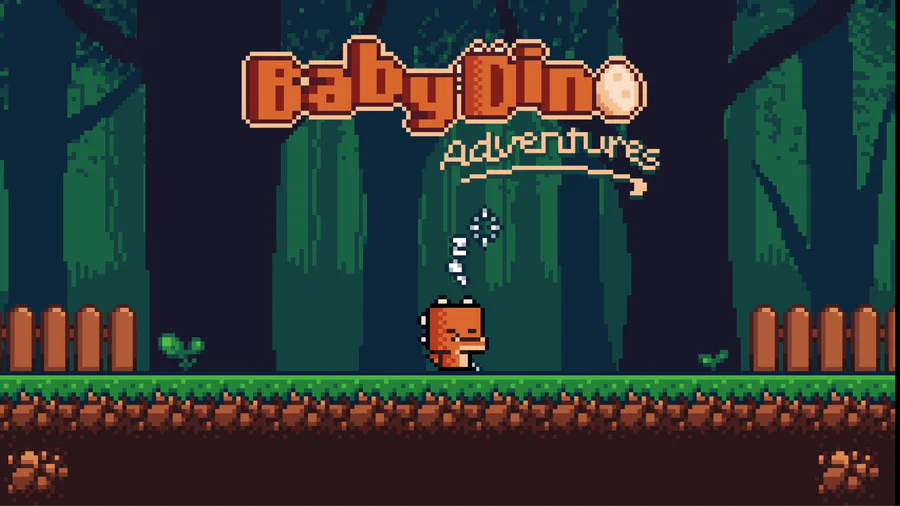

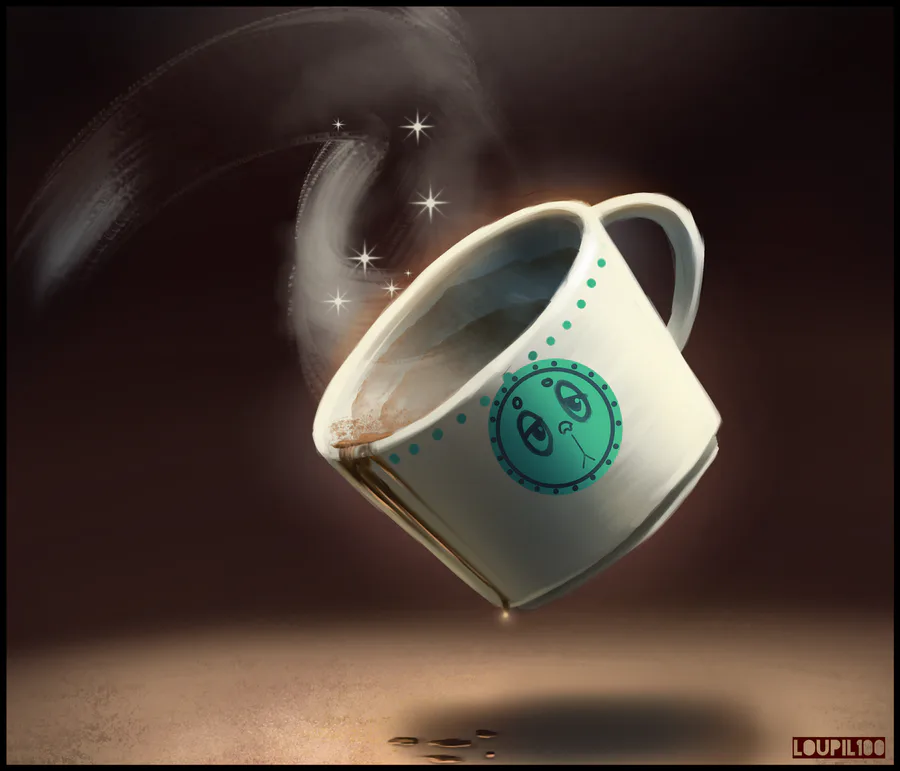
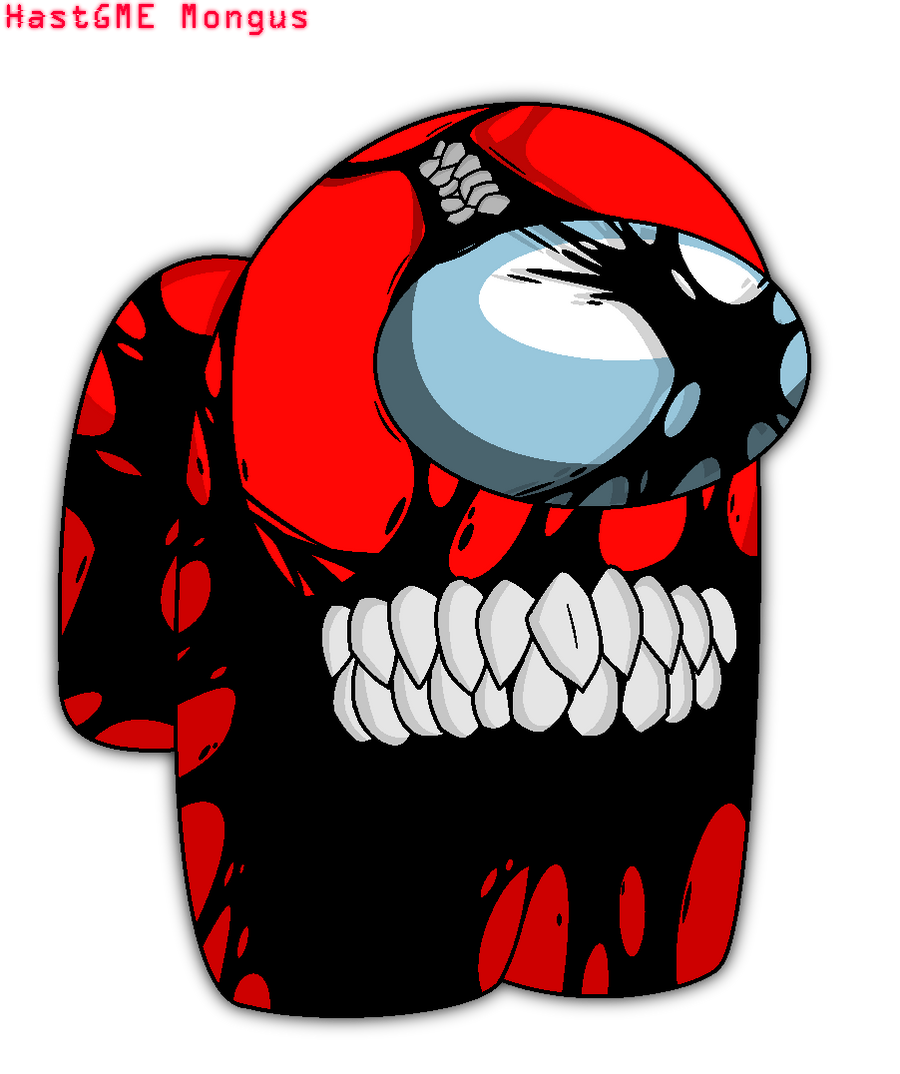
0 comments